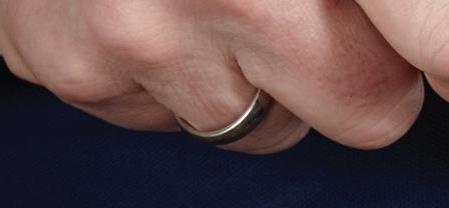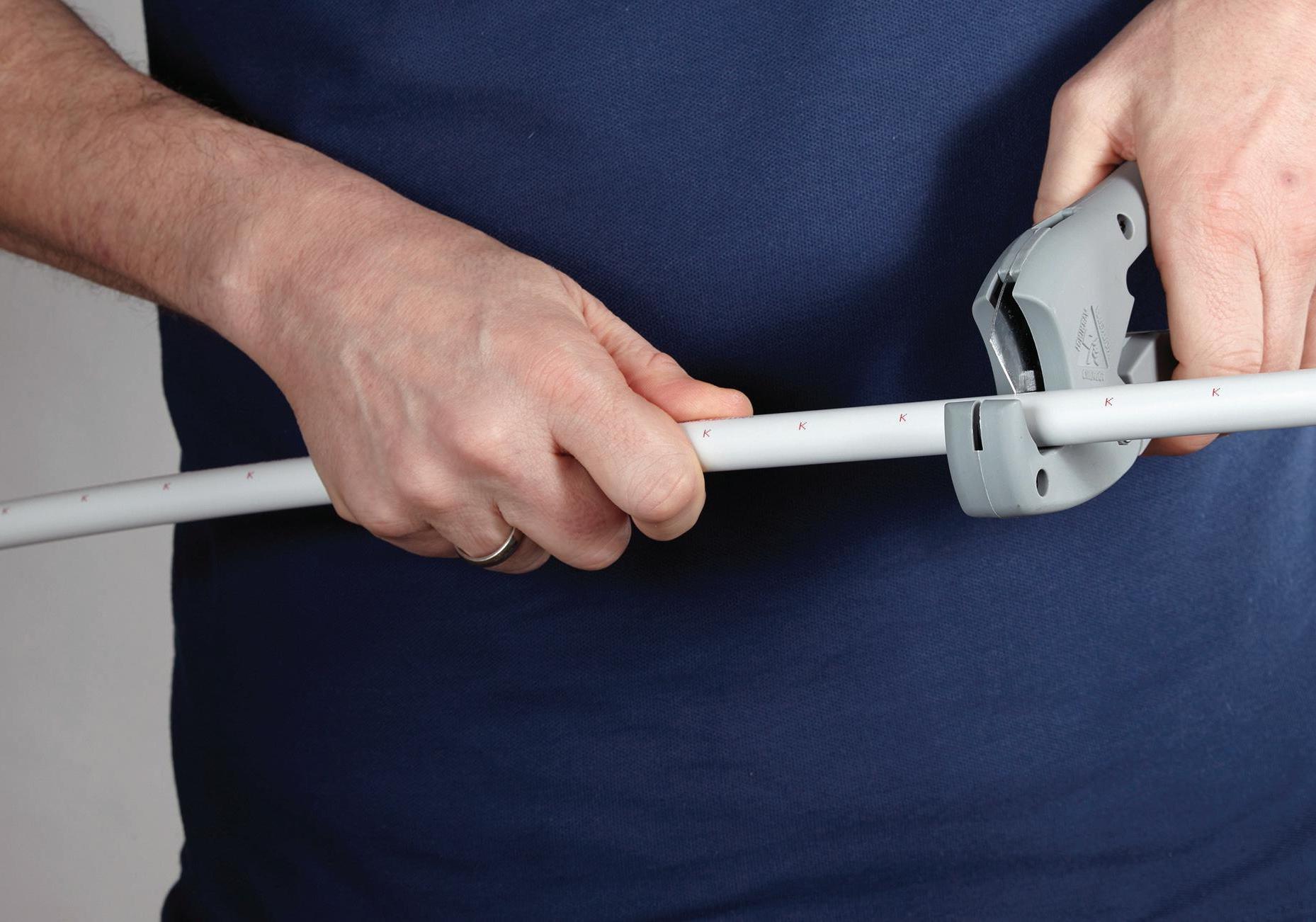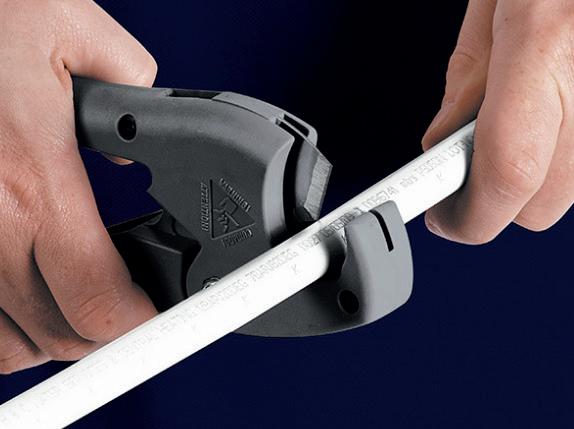
1 minute read
Pipe Dreams

There are many types of plumbing pipes for both residential or commercial use. The team at Polypipe is sure their systems are the ones for you. Keep reading to find out why.
> KEY BENEFITS
Polypipe’s entire range of plumbing and heating pipe comes with Pro-Straight technology built in, giving you unparalleled ease of use during installation.
Polybutylene pipe is ideal for most domestic hot and cold water plumbing and heating systems, offering exceptional durability and long-term performance.
Polypipe is committed to polybutylene which has become the preferred material of choice for building and renovation projects due to its superior performance characteristics.
One of the key advantages of Pro-Straight for an installer is that it has natural flexibility, so you can bend the pipe to fit even the most awkward of positions.
Whether it involves extending the number of rooms in a property, or a new bathroom fit-out it’s the ideal product for the job.

TIPS FOR PERFECTING YOUR PIPEWORK:
> STEP ONE: CUTTING THE PIPE
01 Check the pipe is not scored or scratched in any way. Using a pipe cutter, cut the pipe squarely using the ‘K’ marks on the pipe as a guide. These marks indicate when the pipe has been inserted into the fitting correctly.
> STEP TWO: USE A PIPE STIFFENER
02 Insert a pipe stiffener into the pipe. When using a sealed stiffener, the stiffener will be retained in the fitting when demounted.
> STEP THREE: CHECK THE FITTING
03 Visually check that all components are present, undamaged and free from contamination. If any further lubrication is required, silicone lubricant works very well. Substances such as solder flux must not be used.
> STEP FOUR: INSERT PIPE FULLY INTO FITTING
04 Insert pipe into the fitting, ensuring it is inserted to the full socket depth denoted by the next ‘K’ mark on the pipe.
> STEP FIVE: CHECK JOINT SECURITY
05 A quick tug on the pipe will confirm that the pipe is inserted past the grab ring ensuring a robust connection has been made.










